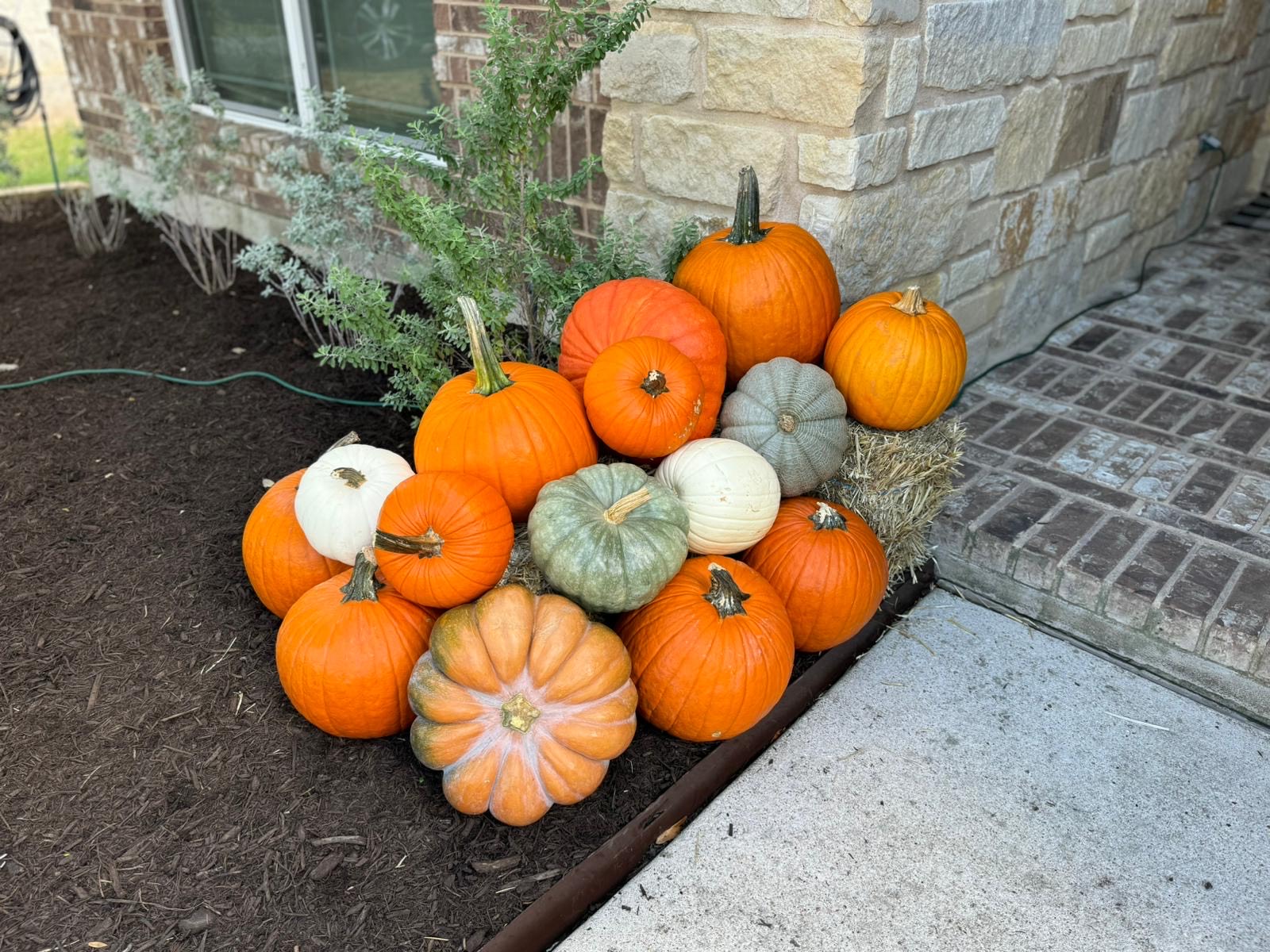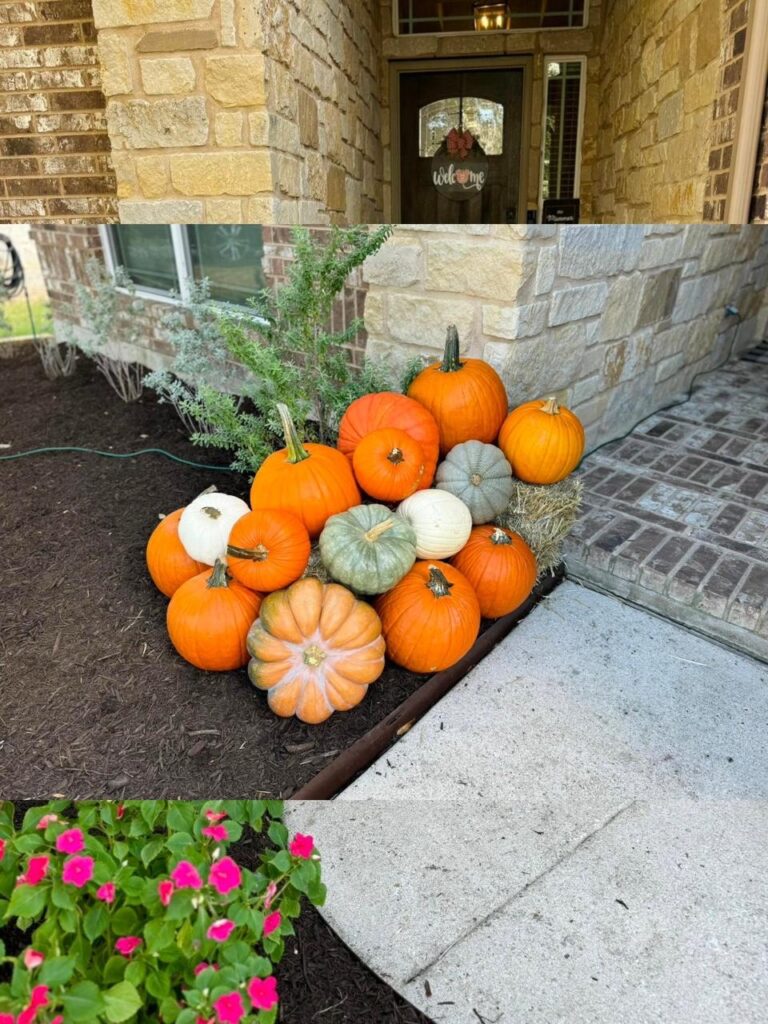Pumpkins are a quintessential part of the fall season. Whether they’re being used for decoration or carved into jack-o’-lanterns, pumpkins add charm and a festive touch to any porch. However, the question often arises: how long will pumpkins last on a porch? The answer depends on several factors, including the weather, the pumpkin’s condition, and how well it’s cared for.
The Role of Weather and Temperature
One of the most significant factors affecting the longevity of pumpkins is the weather. Since pumpkins are typically harvested in late summer to early fall, they thrive in cool, dry conditions. If the temperature on your porch is consistently mild, typically between 50 and 60°F (10 to 15°C), your pumpkin will last for a longer time. However, extreme temperatures can dramatically shorten its lifespan.
In areas where fall temperatures dip well below freezing, pumpkins can freeze, causing them to rot quickly. Conversely, if the weather is unusually hot and humid, the pumpkin may begin to degrade faster, especially in direct sunlight. Ideally, it’s best to place pumpkins in a shaded area on your porch, protecting them from excessive sunlight, which can speed up the breakdown process.
The Condition of the Pumpkin
A pumpkin’s condition when you first put it on your porch plays a huge role in how long it will last. Fresh, undamaged pumpkins typically last longer than those with bruises, cuts, or scratches. Any injury to the pumpkin’s skin exposes it to bacteria and fungi, which can cause it to rot. When selecting a pumpkin, look for one with a firm, unblemished rind and a sturdy stem. A pumpkin that has been freshly harvested or hasn’t been sitting around for too long will generally last longer.
Also, consider the variety of pumpkin you choose. Some pumpkin varieties are more durable than others. For example, pie pumpkins tend to last a little longer than ornamental or carving pumpkins because they have a denser, thicker skin.
How to Extend the Life of Pumpkins on Your Porch
There are a few simple steps you can take to prolong the life of your pumpkins. First, ensure they’re placed in a cool, dry spot away from excessive sunlight and heat. If the weather is particularly hot, you can bring them inside during the heat of the day to prevent them from wilting or drying out.
You can also coat the pumpkin with a thin layer of petroleum jelly on the outside to create a seal that locks in moisture and slows down the decay process. Some people opt to lightly bleach the pumpkins to disinfect the surface and deter mold growth. Simply mix one tablespoon of bleach with a gallon of water and gently wipe the pumpkin with a cloth soaked in the solution.
If you carve your pumpkin into a jack-o’-lantern, the shelf life becomes significantly shorter. Carved pumpkins usually last only 3 to 5 days before they begin to rot due to exposure to air, moisture, and bacteria. To extend the life of carved pumpkins, you can try placing them in the refrigerator overnight or spray them with a mixture of water and bleach to prevent mold from forming.
When Do Pumpkins Start to Rot?
Regardless of how well you care for them, pumpkins have a finite lifespan. Most pumpkins will last anywhere from 2 to 4 weeks if left whole, depending on the environmental conditions. Once the pumpkin starts to show signs of wilting, softening, or mold growth, it’s time to dispose of it.
In conclusion, the longevity of a pumpkin on your porch depends largely on the weather, the pumpkin’s initial condition, and how well you care for it. With proper attention, pumpkins can last for several weeks, bringing joy to your outdoor space. However, if you notice any signs of decay, it’s best to remove the pumpkin promptly to avoid attracting pests or mold.
For more tips, tricks, and creative ideas to make the most of your fall pumpkin decorations, visit PumpkinsOnPorches.com. Whether you’re looking for ways to preserve your pumpkins or just searching for the best varieties for your porch, we’ve got you covered!


